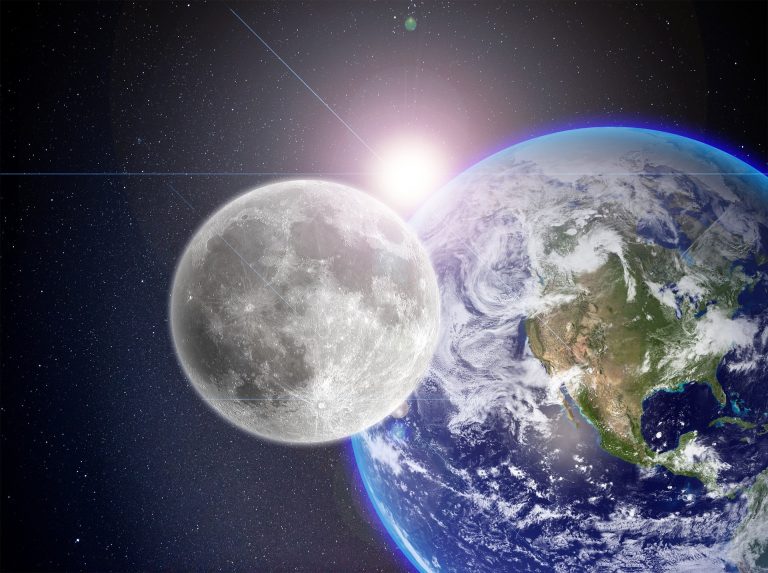On July 7, a NASA study warned that the U.S. coast could be subjected to high tide floods, in the future, during a lunar cycle that would raise sea levels. The space agency predicts the event will occur in the mid-2030s when the lunar cycle will “amplify rising sea levels caused by climate change.”
The study was conducted by members of the NASA Sea Level Change Science Team from the University of Hawaii who track changes in sea levels. NASA stated that although the study was focused on U.S. coastlines, the findings of the study were applicable all over the world.
Researchers analyzed 89 tide gauge locations in every coastal state and territory in the U.S. apart from Alaska. Tidal patterns are known to be influenced by the moon’s orbit and that every 18.6 years, the moon has a naturally occurring “wobble” along its gravitational trajectory that results in extremely high and low tides.
During the first half of the 18.6-year cycle, the earth’s daily tides are suppressed, which means that high tide levels are lower than normal. In the other half, the tides get amplified resulting in high tide levels becoming higher.
At present, the moon is in its “tide-amplifying” part of the cycle. However, present sea levels have not reached the point where high tides can breach flooding thresholds. In the mid-2030s, when the next tide-amplifying cycle returns, it is anticipated that the potentially higher sea levels could lead to increased floods.
Success
You are now signed up for our newsletter
Success
Check your email to complete sign up
The study revealed that almost the entirety of the U.S. mainland coastline, Hawaii, and Guam could see a surge in flood numbers from the higher seas inflated by the lunar cycle. At that stage, the far northern coastlines would not be affected for another decade or so due to land areas rising as a consequence of long-term geological processes.
Infrastructure impact
According to the National Oceanic and Atmospheric Administration, the floods could overwhelm storm drains, cripple road connectivity, and cause extensive damage to infrastructure over time.
NASA explained that these floods would play out in clusters that could continue for a month or longer, depending on how the Sun, Earth, and Moon are positioned at the time.
Talking to NZHerald, Phil Thompson, the lead author of the study said, “If it floods 10 or 15 times a month, a business can’t keep operating with its parking lot under water. People lose their jobs because they can’t get to work. Seeping cesspools would become a public health issue.”
NASA hopes that the study helps cities that could be potentially hit by these floods take preventative measures to keep the damage to a minimum.
In an interview with Reuters, Ben Hamlington, co-author of the study, stated that their research would be of significant interest to city planners since it could help them decide on how to establish the infrastructure of a city.
“This is eye-opening for a lot of people, it’s really critical information for planners. And I think there’s a great amount of interest in trying to get this information from science and scientists into the hands of planners… A building or particular piece of infrastructure, you may want to be there for a very long amount of time, whereas something else you may just want to protect or have access to for a few years,” Hamlington said.














